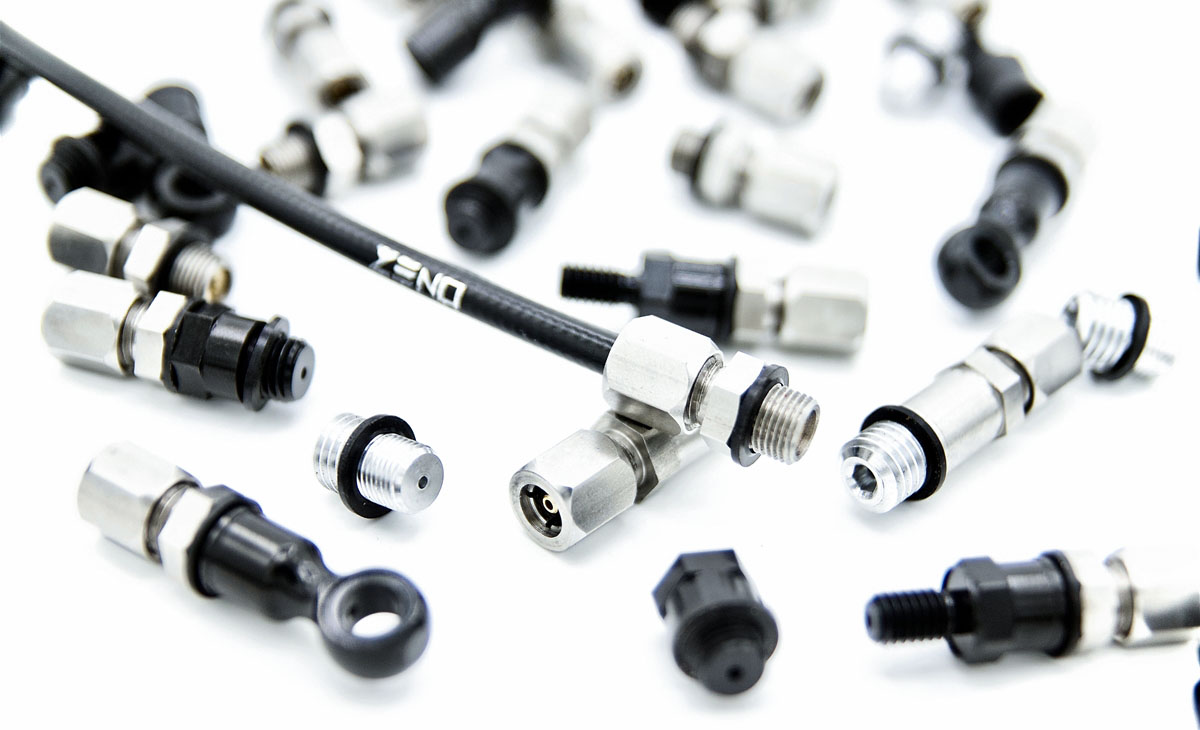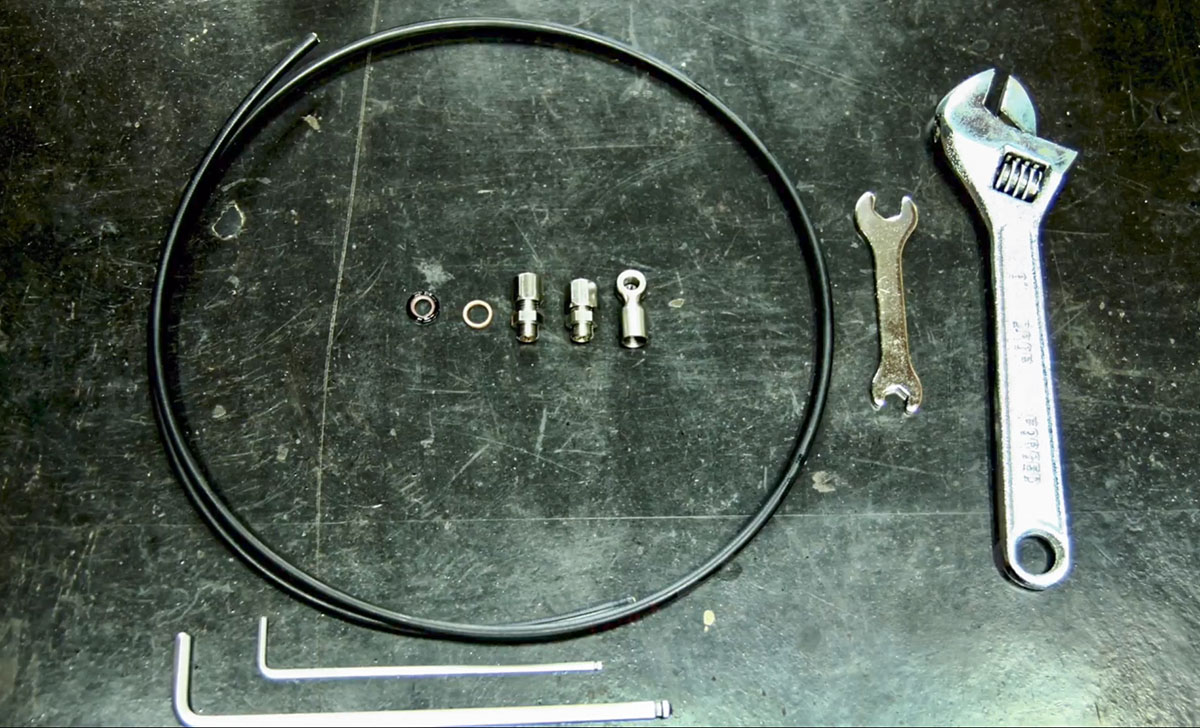Are you tired of countless special tools, disposable small parts, and proprietary nonsense from your hydraulic brake systems? Taiwan-based Zeno wants to minimize and simplify the relationship with your brakes, using their clever SpeedLink system. Featuring reusable parts and an olive-free compression nut system, they want to make hydraulic woes a thing of the past.
Zeno SpeedLink Hydraulic Quick Connect System
If you don’t work on your own brakes, you might not know that there is a huge number of small parts, special tools, and one-time-use items. Multiply that by the number of brake brands, and you have a recipe for chaos – especially for shop owners.
Zeno has a unique reusable brake hose compression system that doesn’t use disposable olives and only requires a small trim of the housing to reattach hose ends. In addition, the only tools required for regular maintenance are two 10mm open-ended wrenches. The best part? They claim it takes less than half the time to set up your brakes compared to conventional systems.
For bike shops, the Zeno system could mean a huge reduction in parts. Instead of needing 20 to 30 different parts and three different hydraulic hose types, Zeno says that only 6 major parts are needed, with only one hose type. We haven’t tried the system yet, but consider our curiosity piqued! Check Zeno out at the link below.

